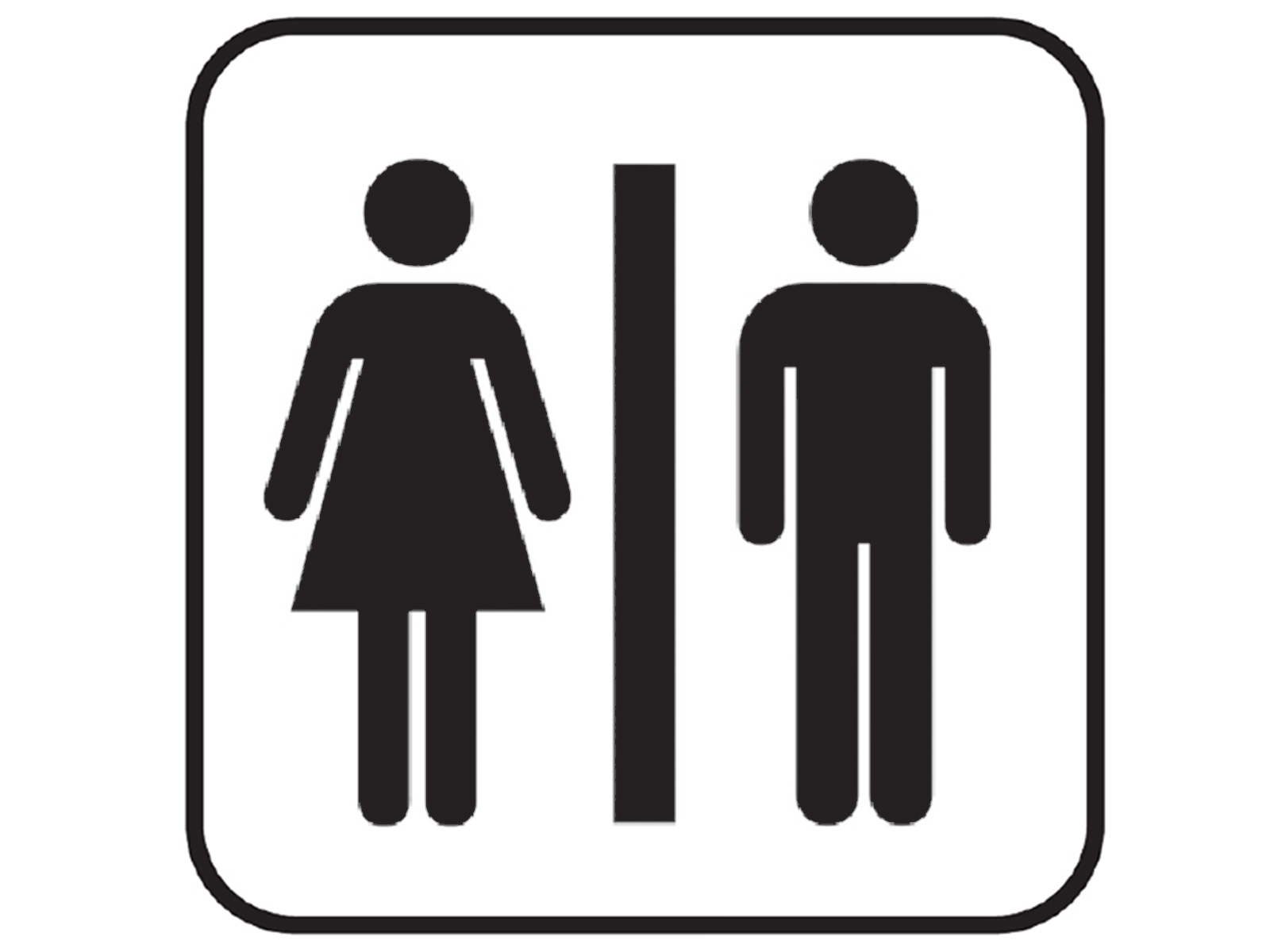
For many people, the thought of using a restroom in public doesn’t cause much consternation. There may be a few germaphobes among us who cannot stand the idea of a public restroom, but when push comes to shove, the public restroom is the default option for the emergency scenario.
For many, this act that seems so simple isn’t quite so black-and-white. Restrooms in public are clearly delineated: One for men, and one for women. But countless people have a much more nuanced identity than this binary system provides for. There are those born into a male body, but identify as female. Others are undergoing the transition process, leaving the question of which restroom to use muddled. Quite quickly, the seemingly simple question of whether to use the restroom becomes a complicated dilemma.
It’s not just practical purposes, because a bathroom’s not just a bathroom. At least in public, it requires an individual to actively choose which path to take, all while thousands of prying eyes are watching and judging. The choice between male and female only reaffirms society’s belief in a male-female-only framing, and for many students who don’t fit neatly into society’s definitions of male and female, using the toilet in public becomes a tricky act.
So when UC President Janet Napolitano announced that the University of California would begin converting single-stall bathrooms into gender-neutral ones and would start including gender-neutral stalls in all new buildings and renovated buildings, it was a tremendous step forward for students all across California. Students no longer have to fear the casual judgment of society when they try to do something as simple as use the restroom.
Let’s first clarify what a gender-neutral single-stall restroom would look like: a one-person capacity restroom, designed to be utilized by any gender. This is not a new idea. Gender-neutral single-stall restrooms are all over the place, from Starbucks to grocery stores. It is this type of restroom — one that already exists — that the UC has promised to implement. Gender-neutral multi-stall restrooms bring with them an entirely different set of questions and complications that deserve to be answered, but that is completely distinct from what the UC is considering right now.
So in this sense, Napolitano’s announcement isn’t really groundbreaking or controversial. It is merely ensuring that all students have equal access to a restroom, without society judging them for wanting to use a restroom in public. But even if it comes belatedly, it doesn’t make the development any less positive.
And fortunately, UCR has been ahead of this game from the start. In 1993, UCR became the first campus in California to have a fully professionally staffed LGBT resource center, and in 1995 became the first campus in California to offer an LGBT studies minor. The campus is rated in the top 50 colleges across the country for inclusivity and friendliness to people who identify as LGBT. In providing resources to a traditionally disadvantaged group of students, UCR can continue to set an example and lead the push in recognizing the varying needs of different student groups, when too often all students are lumped into a single category.
So what’s next? Napolitano has already indicated that there are plans to allow students to submit their preferred name on college applications, rather than their legal names. This too is another positive development, as it allows students to assume control of their identities rather than have them dictated by circumstances beyond their control. Of course, this will mean that the way we create student ID cards will have to change, and paperwork for obtaining on-campus employment will likely need to incorporate new fields as well. But these potential problems, if given some thought and backed with good intentions, can certainly be overcome.
Campuses such as UCR and UC Berkeley have already got another good start on this idea, allowing for gender-neutral dorm housing — which means allowing members of the opposite sex to share a room, rather than just a floor, if that’s what they prefer. The UC could show tremendous leadership for universities everywhere by creating such a policy at each of its campuses. The UC’s stature as a widely recognized and respected university could only help in making dormitories and other living spaces such as these a much more accepting, commonplace occurrence.
Sports are another issue to be addressed. California has already passed legislation that allows students from Kindergarten to 12th grade to play in sports teams with the gender they identify with. Nationally, it’s a different story, and the NCAA brings another set of rules with it — but rules are meant to be challenged, aren’t they? Once again, if an institution as big as the UC — which houses several NCAA powerhouses — can collectively stand up and say that we want athletes to not face discrimination, we could set a great example for the rest of the country to follow.
This is not to say that any of these steps will be easy, or that the answers are necessarily simple. Deciding which courses of action to take will take long hours of thought about how implementation would work and what potential ramifications would be. But most importantly, the UC must consider the students when making any decision.
While Napolitano and the rest of the UC implementing gender-neutral bathrooms is a step forward for the institution, we should not stop to rest on our laurels. Single-stall gender-neutral bathrooms, after all, are common not only on other college campuses but around public places in general. We can take even more steps forward — so long as those steps are supported by the students of the University of California.








